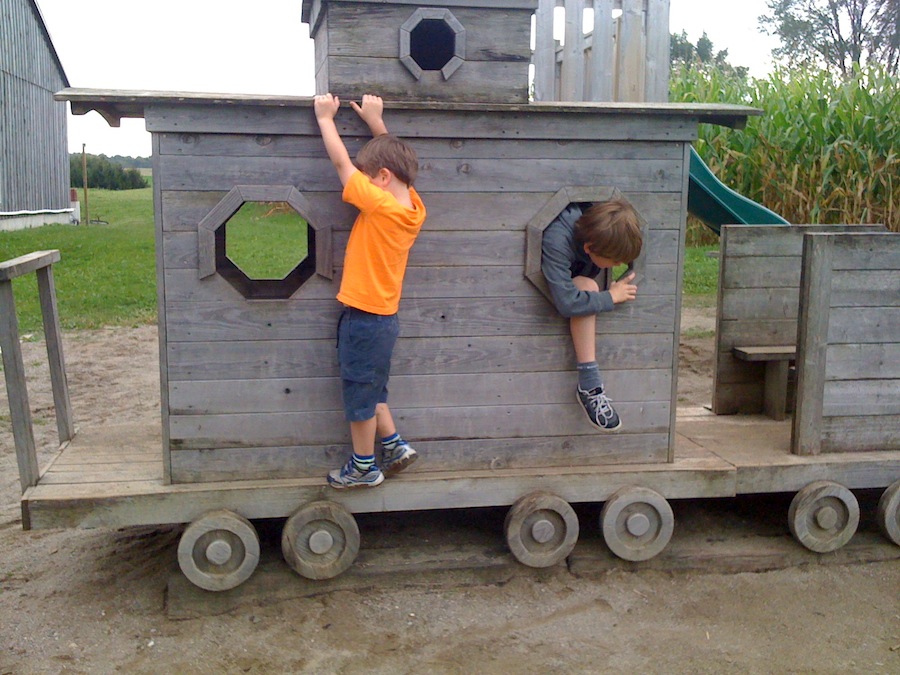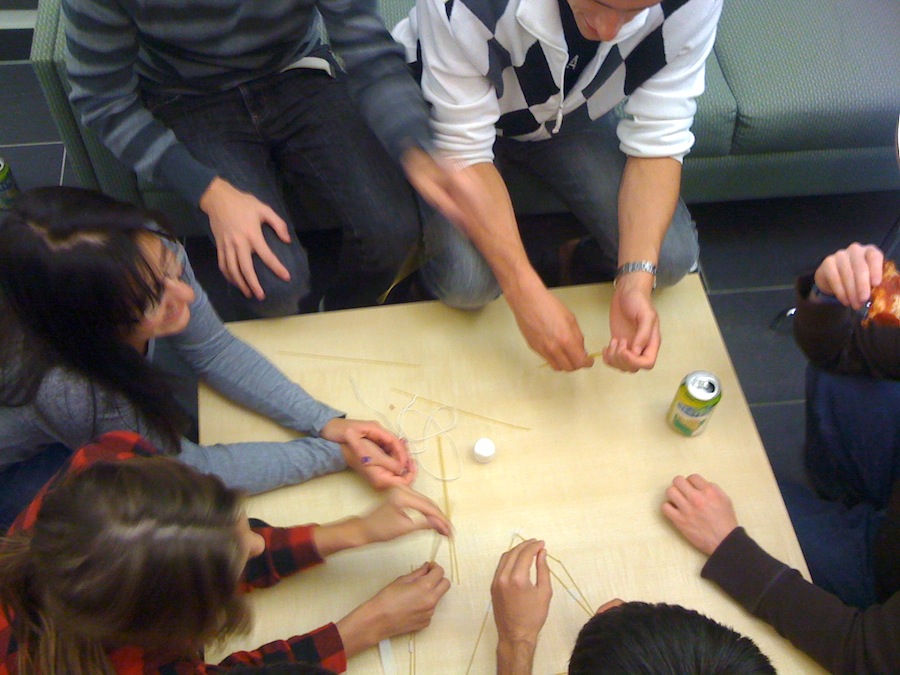I had a conversation with someone a while back about user experience on mobile devices. In the course of it he asked me how much I use video on my iPhone. I responded that I used video occasionally but not much, which was accurate in that it characterized my behaviour but which also felt incomplete.
I’ve been thinking about it since then and observing my patterns of use. I think that I now better understand why I answered the way I did. That is, I now understand the why of my behaviour. It’s not that I’m uninterested in watching video. It’s that I’ve shaped my behaviour to match my experience of the capabilities of the device. Two big factors colour my experience.
The first is battery life. My iPhone 3G will, in normal use, last the whole day on a single overnight charge of the battery. I found early on, though, that watching even a few videos will cause the iPhone to run out of power before day’s end. For a few reasons normal use for me has changed for me over time. So, too, has my iPhone battery’s ability to hold a charge. As a result, many months ago I started to regularly use my mobile data plan for connectivity rather than WiFi — turning off WiFi extends battery life.
More recently, while reflecting upon the video question from that conversation, I (re)discovered that I’m more likely to watch a video if the day is mostly done and I have a good charge left on the battery. This behaviour was almost unconscious; I had to notice myself doing it a few times before realizing why it was happening.
The second factor is network performance. The value of the video needs to overcome the cost of waiting for it to download, which can vary dramatically on my mobile provider’s network. As well, even if the video starts playing quickly, the download is rarely fast enough to allow me to skip ahead conveniently, which I often like to do. In the end, while using my iPhone if I encounter a video that seems interesting I most often reserve it for later viewing on my laptop.
I’ve discovered many other subtle behaviours that distinguish my own use of an iPhone from my use of a laptop on a fast network, but thinking about mobile video is what got the exploratory ball rolling for me.





